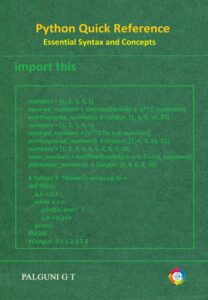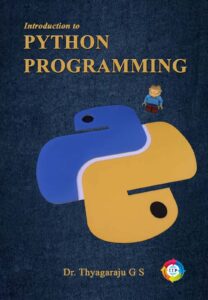Starting from Python 3.10, a new feature called “match” and “case” has been introduced in Python. The “match” statement allows you to perform pattern matching on values, similar to a switch statement in other programming languages.
Here’s an example program that demonstrates the usage of “match” and “case” in Python:
def calculator():
operator = input("Enter the operator (+, -, *, /): ")
num1 = float(input("Enter the first number: "))
num2 = float(input("Enter the second number: "))
match operator:
case '+':
result = num1 + num2
print(f"The sum of {num1} and {num2} is: {result}")
case '-':
result = num1 - num2
print(f"The difference between {num1} and {num2} is: {result}")
case '*':
result = num1 * num2
print(f"The product of {num1} and {num2} is: {result}")
case '/':
if num2 != 0:
result = num1 / num2
print(f"The division of {num1} by {num2} is: {result}")
else:
print("Error: Division by zero is not allowed.")
case _:
print("Invalid operator.")
# Example usage
calculator()
Sample Output :
Enter the operator (+, -, *, /): +
Enter the first number: 23
Enter the second number: 32
The sum of 23.0 and 32.0 is: 55.0




Your point of view caught my eye and was very interesting. Thanks. I have a question for you.
I don’t think the title of your article matches the content lol. Just kidding, mainly because I had some doubts after reading the article.
Your point of view caught my eye and was very interesting. Thanks. I have a question for you.
Your article helped me a lot, is there any more related content? Thanks! https://accounts.binance.com/register?ref=P9L9FQKY
Thank you for your sharing. I am worried that I lack creative ideas. It is your article that makes me full of hope. Thank you. But, I have a question, can you help me?
Your point of view caught my eye and was very interesting. Thanks. I have a question for you. https://accounts.binance.com/vi/register?ref=WTOZ531Y
I don’t think the title of your article matches the content lol. Just kidding, mainly because I had some doubts after reading the article.